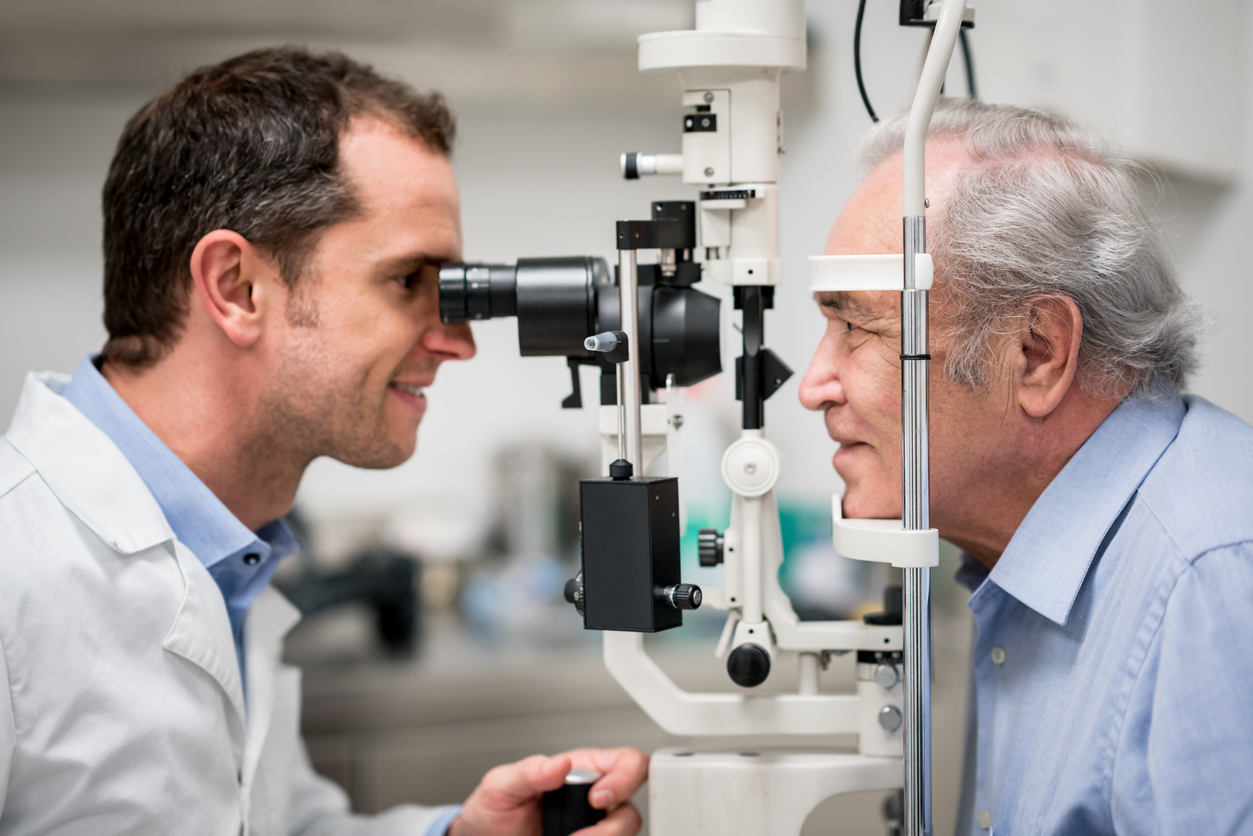X-linked Juvenile Retinoschisis: Symptoms, Causes & Treatment
What are the symptoms of X-linked juvenile retinoschisis?
X-linked Juvenile Retinoschisis (XLRS) is a rare inherited eye disorder that primarily affects males. The main symptoms of XLRS include:
- Vision impairment: One of the most common symptoms is a progressive loss of central vision, which can begin in early childhood or later in life.
- Macular abnormalities: XLRS causes structural changes and cavities (schisis) to develop in the macula, which is the central part of the retina responsible for sharp, detailed vision.
- Peripheral retinal abnormalities: In some cases, the peripheral retina (the side parts of the retina) may also develop abnormalities or schisis.
- Vitreous veils or membranes: The vitreous humor (the gel-like substance that fills the eye) may develop veils or membranes, which can cause visual disturbances or floaters.
- Strabismus (misaligned eyes): Some individuals with XLRS may develop strabismus, where the eyes are not properly aligned, leading to double vision or amblyopia (lazy eye).
- Nystagmus: Involuntary eye movements or nystagmus can occur in some cases of XLRS.
- Night blindness: Difficulty seeing in low-light conditions or night blindness may be experienced by some individuals with XLRS.
The severity and progression of symptoms can vary among individuals with XLRS. In some cases, the vision impairment may be mild, while in others, it can lead to significant central vision loss or legal blindness.
It’s important to note that XLRS is an inherited condition caused by mutations in the RS1 gene located on the X chromosome. Therefore, it primarily affects males, while female carriers of the mutated gene usually do not exhibit symptoms or have very mild symptoms.
Early diagnosis and regular monitoring by an ophthalmologist or retina specialist are crucial for managing XLRS and potentially slowing its progression through appropriate treatment and interventions.
What are the causes of X-linked juvenile retinoschisis?
X-linked juvenile retinoschisis (XLRS) is caused by mutations in the RS1 gene located on the X chromosome. The RS1 gene provides instructions for producing a protein called retinoschisin, which plays a crucial role in the structural integrity and proper development of the retina, the light-sensitive tissue at the back of the eye.
The specific causes of XLRS are:
- Genetic mutation: Mutations in the RS1 gene lead to the production of an abnormal or non-functional retinoschisin protein. This disrupts the normal development and maintenance of the retinal structure, particularly in the macula and peripheral retina.
- X-linked inheritance pattern: XLRS is an X-linked inherited disorder, which means the mutated RS1 gene is located on the X chromosome. Males only have one X chromosome, so if they inherit the mutated gene, they will develop the condition.
- Maternal inheritance: Females have two X chromosomes, so if one of their X chromosomes carries the mutated RS1 gene, they are considered carriers of the condition. Carriers typically do not exhibit symptoms or have very mild symptoms.
- Spontaneous mutation: In some cases, XLRS can occur due to a spontaneous (de novo) mutation in the RS1 gene, even if there is no family history of the condition.
It is important to note that XLRS is not caused by environmental factors or lifestyle choices. It is solely due to the genetic mutation in the RS1 gene, which is inherited from a parent or occurs spontaneously.
The inheritance pattern of XLRS is X-linked recessive, which means:
- Males who inherit the mutated RS1 gene from their mother (who is a carrier) will develop the condition.
- Females who inherit the mutated gene from their mother are carriers and may pass the mutated gene to their sons.
- Sons of a male with XLRS will not inherit the condition, as the father passes on the Y chromosome to his sons.
Genetic testing and analysis of the RS1 gene can confirm the diagnosis of XLRS and provide important information for genetic counseling and family planning.
What is the treatment for X-linked juvenile retinoschisis?
Unfortunately, there is no cure currently available for X-linked juvenile retinoschisis (XLRS). However, there are several treatment options that can help manage the symptoms and potentially slow the progression of vision loss associated with this condition. The treatment approach for XLRS is typically tailored to the individual’s specific needs and the severity of the condition. Here are some common treatment strategies:
- Low vision aids: Patients with XLRS may benefit from low vision aids, such as magnifiers, telescopic lenses, or electronic magnification devices, to help improve their remaining vision and perform daily activities more easily.
- Vitrectomy surgery: In some cases, a surgical procedure called vitrectomy may be recommended. This surgery involves removing the vitreous gel from the center of the eye, which can help remove any vitreous membranes or veils that may be causing visual disturbances or traction on the retina.
- Retinal detachment surgery: If XLRS leads to retinal detachment, surgery may be necessary to reattach the retina and preserve vision.
- Gene therapy: Researchers are actively exploring gene therapy as a potential treatment for XLRS. This approach involves introducing a functional copy of the RS1 gene into the retinal cells to restore the production of the retinoschisin protein. Several clinical trials are underway to evaluate the safety and efficacy of gene therapy for XLRS.
- Low vision rehabilitation: Patients with XLRS may benefit from low vision rehabilitation services, which can provide training and strategies to maximize their remaining vision and adapt to their visual impairment.
- Genetic counseling: Genetic counseling is crucial for individuals with XLRS and their families to understand the inheritance pattern, risks, and options for family planning.
- Regular eye examinations: Regular follow-up examinations with an ophthalmologist or retina specialist are essential for monitoring the progression of XLRS and identifying any potential complications or changes that may require treatment.
It’s important to note that the effectiveness of these treatments may vary among individuals, and some treatments may only help manage symptoms or slow the progression of vision loss rather than provide a cure. Additionally, ongoing research is being conducted to better understand the molecular mechanisms underlying XLRS and develop more effective treatment strategies, including potential gene therapy approaches.




